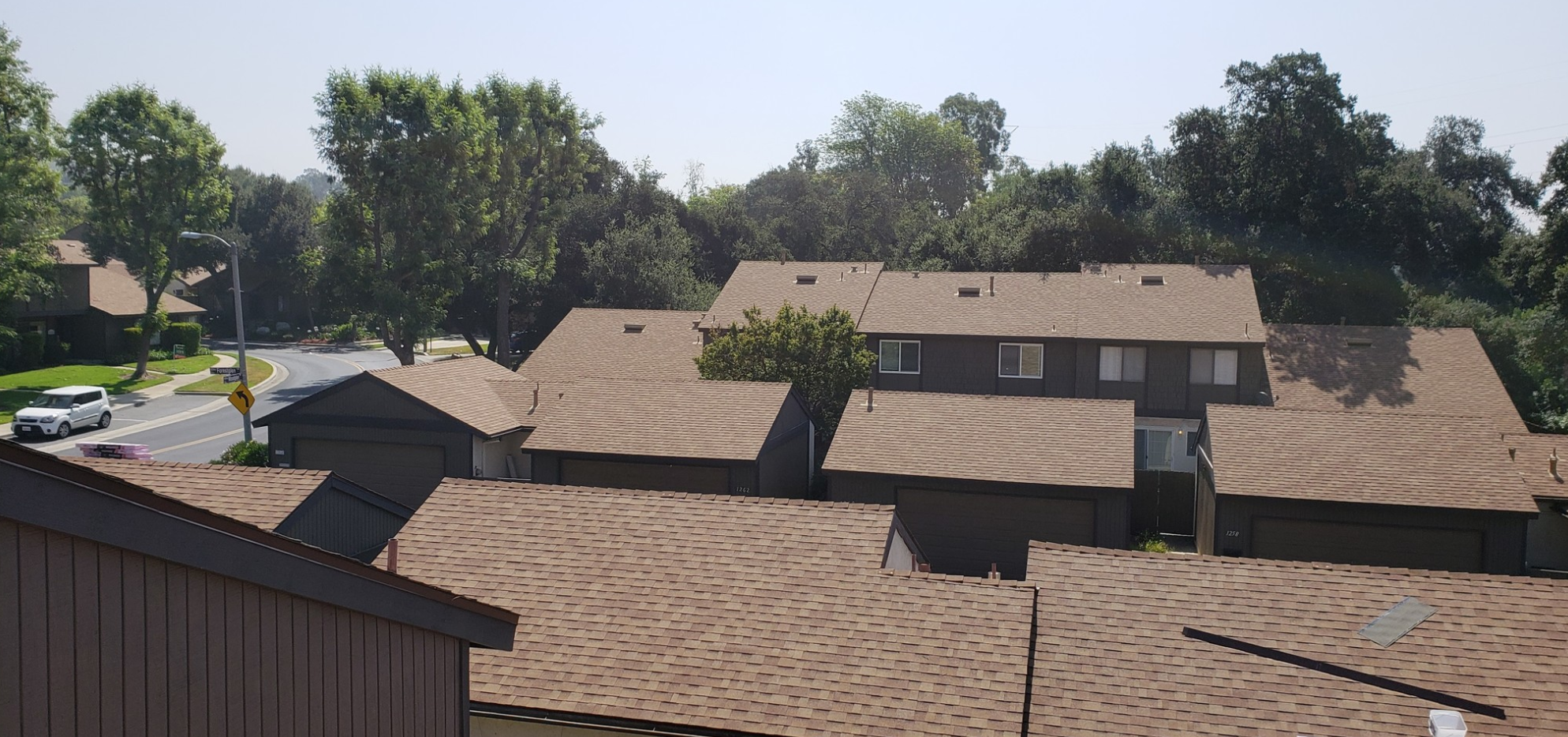I’m a safety professional. It’s what I do. When I drive around my neighborhood, I observe the practices of roofers who are working. Rarely—if ever—do I see them using proper fall protection. It is upsetting to me because hundreds of roofers fall to their deaths in the U.S. every year, and fall-related standards are consistently in OSHA’s most cited standards.
The Washington, D.C.-based Occupational Safety and Health Administration’s Focus Four are the four most common causes of death and serious injury in the construction industry. OSHA’s title, Focus Four, is basically a warning in and of itself: These are the four hazards to which OSHA officials pay the most attention. It is not surprising, then, that the Focus Four are always among OSHA’s most cited standards.
The Focus Four Are:
- Falls
- Struck by object
- Electrocutions
- Caught in/between
The Focus Four with statistics from construction in 2013 are:
- 1) Falls: 302 out of 828 total construction deaths (36.5 percent)
- 2) Struck by object: 84 deaths (10.1 percent)
- 3) Electrocutions: 71 deaths (8.6 percent)
- 4) Caught in/between: 21 deaths (2.5 percent)
Now do you see why these hazards are titled the Focus Four?
Falls from height are the primary cause of fatalities in the roofing industry. Between 2012-14, there were more than 1,300 roofer fatalities from falls. Year after year, falls are No. 1 on OSHA’s Focus Four. In addition, fall-related topics are heavily represented in the top 10 most-cited OSHA standards (see list below).
Struck-by incidents, while not as common as falls, can also cause death and serious injuries in the roofing trade. Employees throwing scrap material off a roof without a chute or in a controlled landing area combined with employees not wearing proper personal-protective equipment can lead to serious struck-by incidents.
Electricity also poses a safety risk for roofers. It can kill in three ways: falls, burns and electrocution. Working too closely to electrical lines, using aluminum ladders and working with metallic conductive gutters, as well as using conductive roofing and flashing materials, can lead to death from electrocution. In addition, a lack of ground-fault protections while using damaged, non-construction-rated electrical cords with missing ground plugs can lead to fatalities.
Caught-in/crushed-by incidents are less prevalent in the roofing industry. However, there have been occasions where employees are caught in ladders and killed. It happens.
The Focus Four are, of course, not the only hazards. Particularly in hot weather, heat syncope, heat exhaustion and heat stroke are all prevalent in the roofing industry.
Construction inspections account for 60 percent of OSHA’s total inspections. In 2009, preliminary data from the U.S. Bureau of Labor Statistics, Washington, suggest there were 816 fatal on-the-job injuries involving construction workers—more than in any other single industry sector and nearly one out of every five work-related deaths in the U.S. In the same year, private-industry construction workers had a fatal occupational injury rate nearly three times that of all workers in the U.S.: 9.7 per 100,000 full-time equivalent construction workers versus 3.3 per 100,000 for all workers. (Learn more from the Construction Focus Four: Outreach Training Packet.) Therefore, it seems to me it’s a good idea to follow OSHA’s fall-protection standards—as well as its other standards. It just might save lives.
THE 10 MOST FREQUENTLY CITED OSHA STANDARDS IN 2014
- Fall Protection, Construction (29 CFR 1926.501)
- Hazard Communication Standard, General Industry (29 CFR 1910.1200)
- Scaffolding, General Requirements, Construction (29 CFR 1926.451)
- Respiratory Protection, General Industry (29 CFR 1910.134)
- Powered Industrial Trucks, General Industry (29 CFR 1910.178)
- Control of Hazardous Energy(lockout/tagout), General Industry (29 CFR 1910.147)
- Ladders, Construction (29 CFR 1926.1053)
- Electrical, Wiring Methods, Components and Equipment, General Industry (29 CFR 1910.305)
- Machinery and Machine Guarding, General Industry (29 CFR 1910.212)
- Electrical Systems Design, General Requirements, General Industry (29 CFR 1910.303)




Be the first to comment on "OSHA’s Focus Four"